01 Shoot in Raw
For maximum control when it comes to processing your images, always shoot in Raw. You’ll often be shooting high-contrast scenes, with dark bridges backlit by bright skies, and Raw files enable you to extract the maximum amount of shadow and highlight detail at the editing stage. You can fine-tune the white balance post-shoot too.
03 Camera accessories
A remote release is essential for hands-off shooting to avoid blurry shots. Use this in conjunction with the Mirror Lock-up Custom function to ensure that there’s no risk of camera shake. For more about remote controls, see this issue’s Help Me Buy feature on page 102.
04 Camera filters
To stop bright skies overexposing, use an ND grad filter to retain the detail and colour – but avoid positioning the filter over the bridge, otherwise it’ll look unnaturally dark. A polariser will decrease reflections and increase colour saturation, especially after rain, and is great for deepening blue skies.
Or for that sought-after wispy effect in water use a straight ND filter. A variable ND filter with a range of densities from one to eight stops will give versatility. Or use a 10-stop ND filter for really long exposures of 30 seconds and more – in daylight!
05 Focus and metering
If you’re using filters, such as a 10-stop ND filter, make sure you compose, focus and meter the shot before you fit the filter. This is because the camera will struggle to focus if it’s too dark.
If you do decide to meter with the filter fitted, it’s best to cover the eyepiece completely so it doesn’t affect the light reading. And remember to focus on the bridge – it may sound obvious, but that’s what you want the viewer’s eye to be drawn to.



 Your new post is loading...
Your new post is loading...
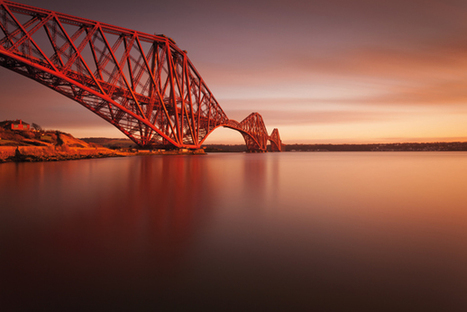



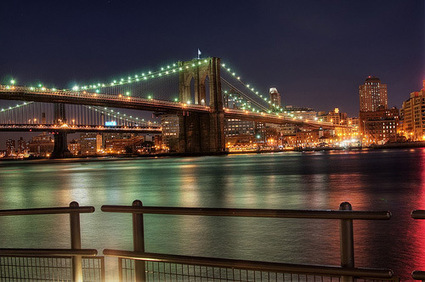
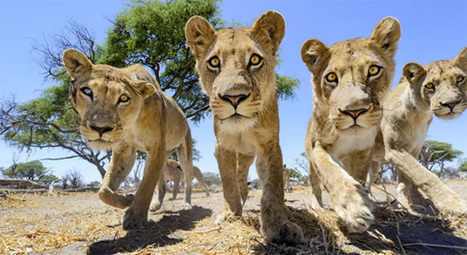
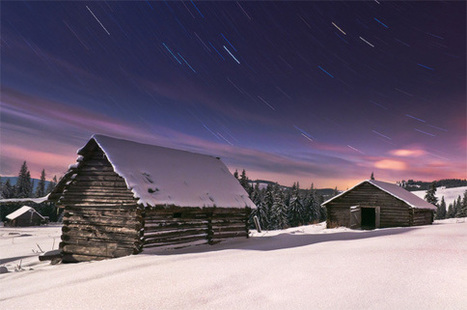
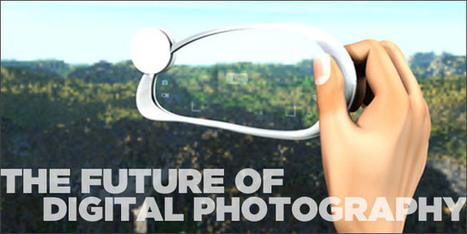

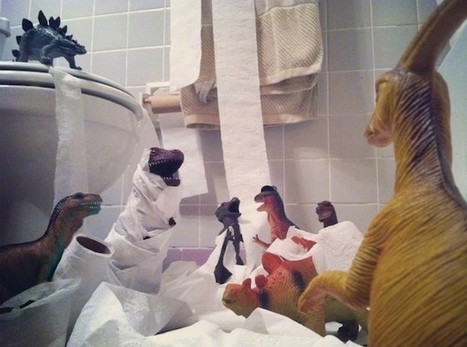
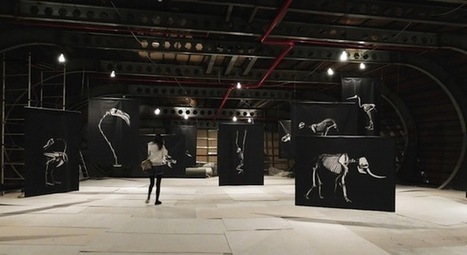
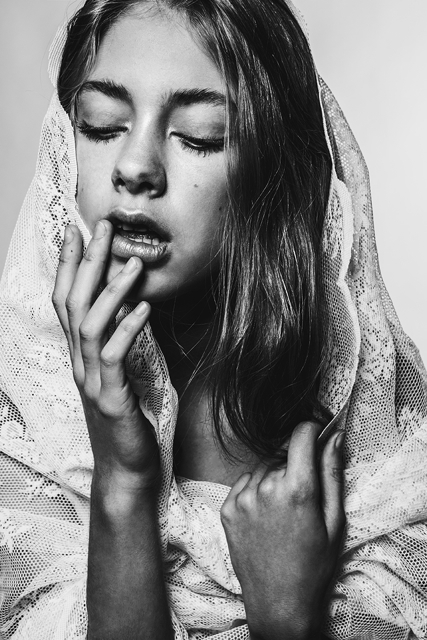


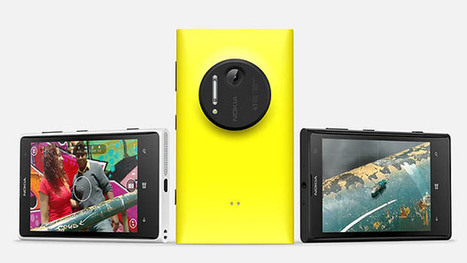

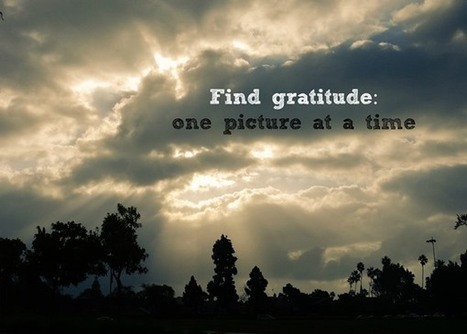
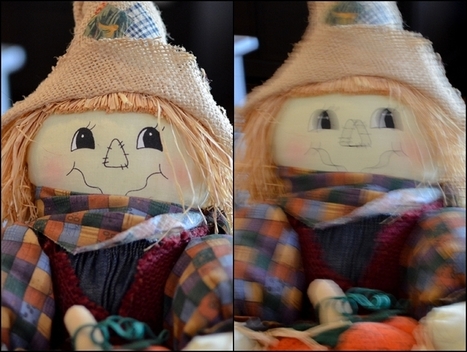



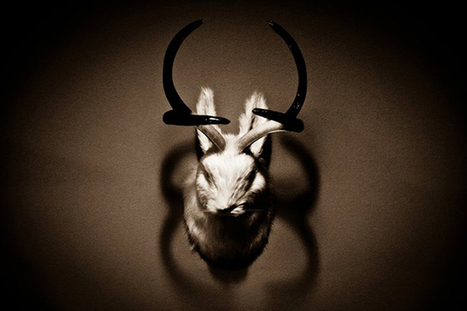
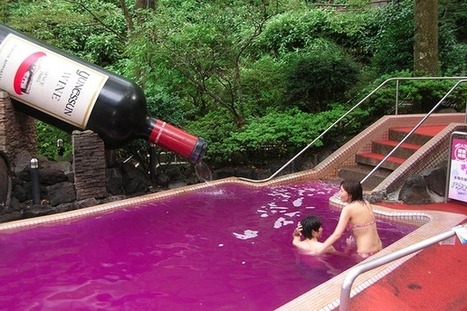

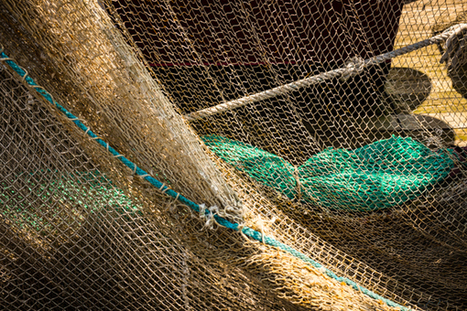






I haven't come across any tips for taking pictures of bridges, so I thought that this would be a great introductory into this particular situation.
From a 10-stop ND filter which will retain color and detail. Learning how to angle the camera so you do not overshadow or even underexpose the image. This article will be the setup you need to start taking those gorgeous bridge photos.